Blue-banded bees eat mainly nectar as adults, while larvae consume pollen and nectar as well as enzymes, similar to other digging bees.. In the event that they are afraid they will be trapped or squashed, they may sting, however, this is a very rare occurrence. In contrast to honey bees, solitary bees like the blue-banded bee do not have.. Paratype of Florida's rare blue calamintha bee (male) Molly G. Rightmyer / ZooKeys As soon as the blue calamintha bee arrived on the scene, scientists worried it might be gone for good.

Blue Banded Bee native to Australia Bee, Native bees, Insects
This is Blue banded bee (Amegilla cingulata). They live mostly in Australia. These bees are very

Beautiful Blue Banded Bee!! r/bees
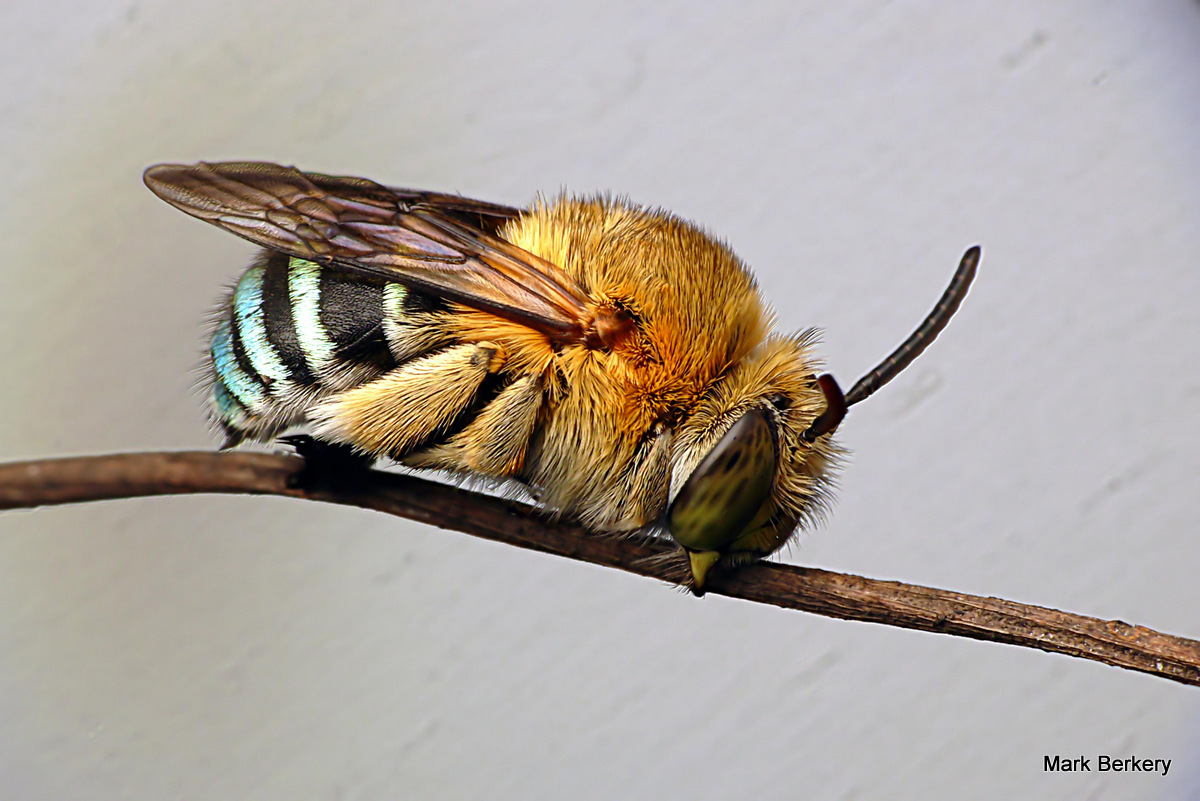
Our Beautiful Blue Banded Bee
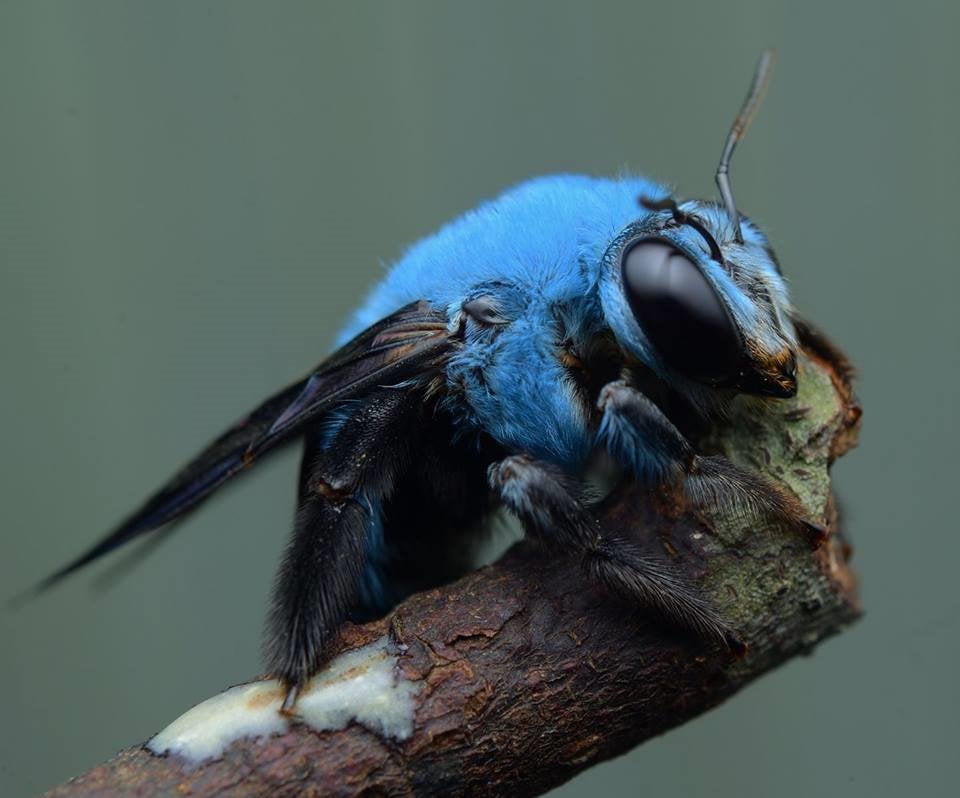
This incredible blue bee is sure to cheer up your day

The Blue Banded Bee, a solitary and unique bee native to most of Australia r/natureismetal

Blue Banded Bee … Bee, Bee hotel, Bee art
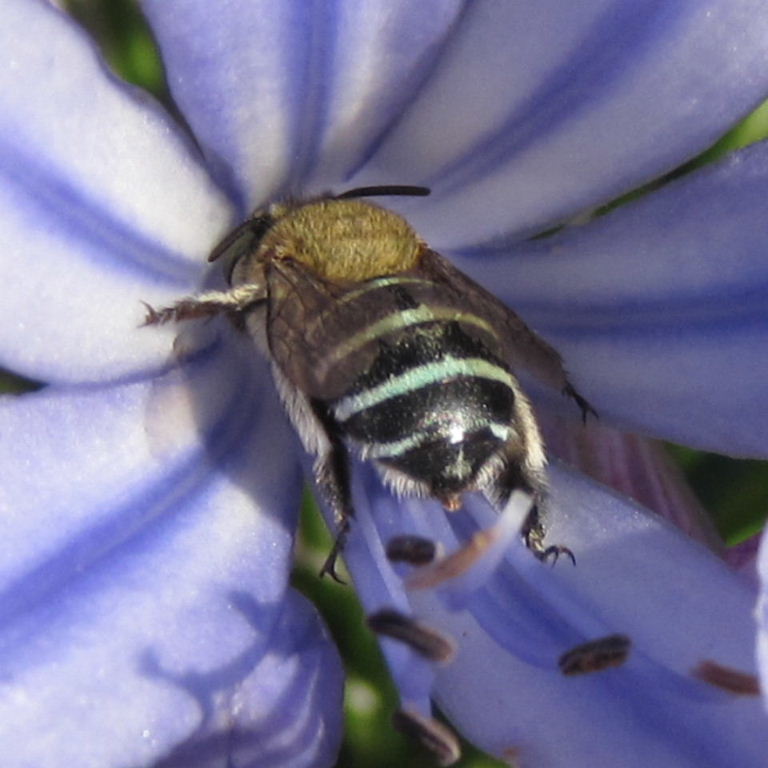
Bluebanded Bee

Flickriver Photoset 'Bee, blue banded' by Mike G Gordon
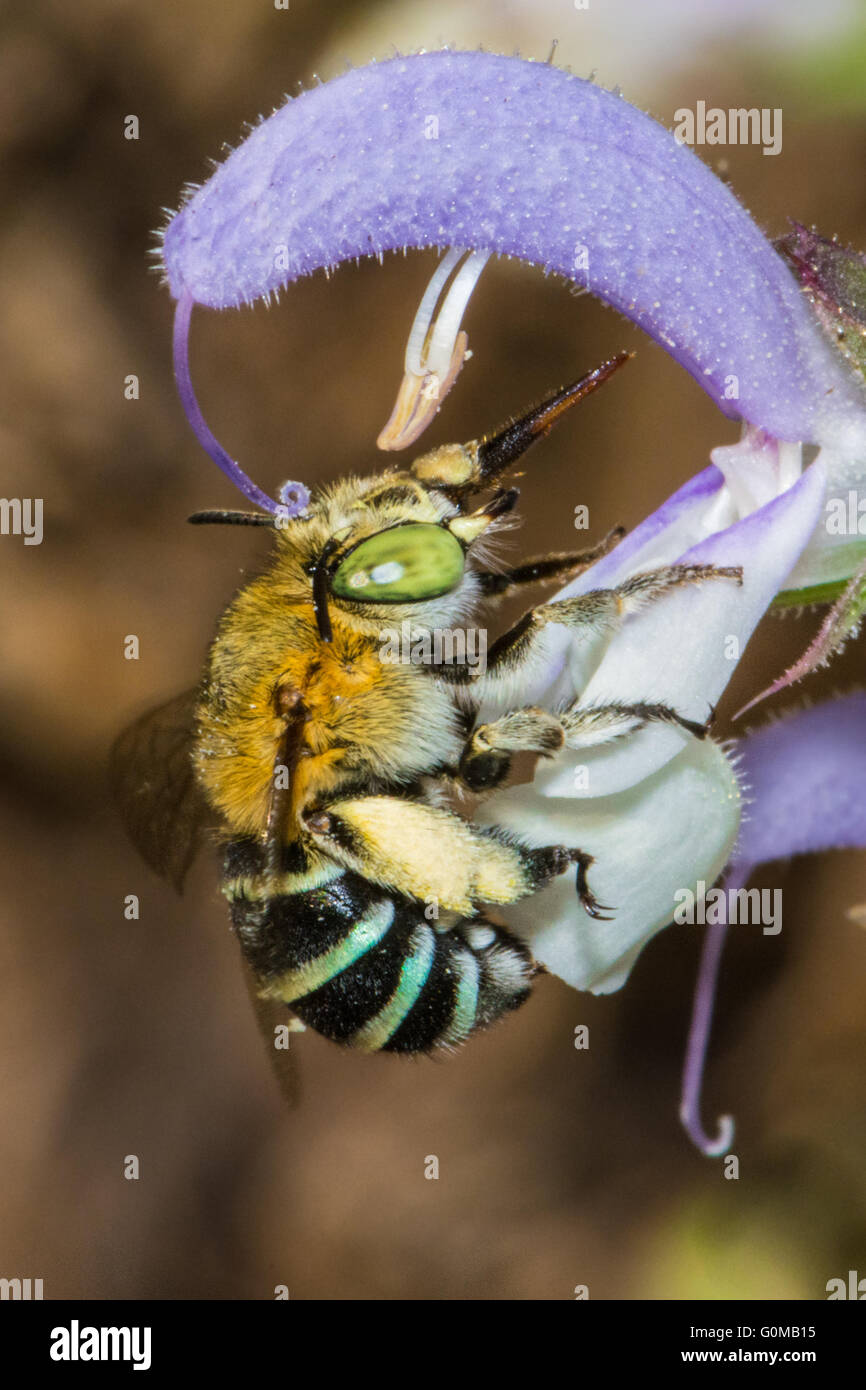
Blue Banded Bee Stock Photo Alamy

Australian Blue Banded Bee Beekeeping

Bluebanded bee, a native beauty Australian Geographic

Bluebanded Bee (Amegilla cingulata) by hayath_dyno
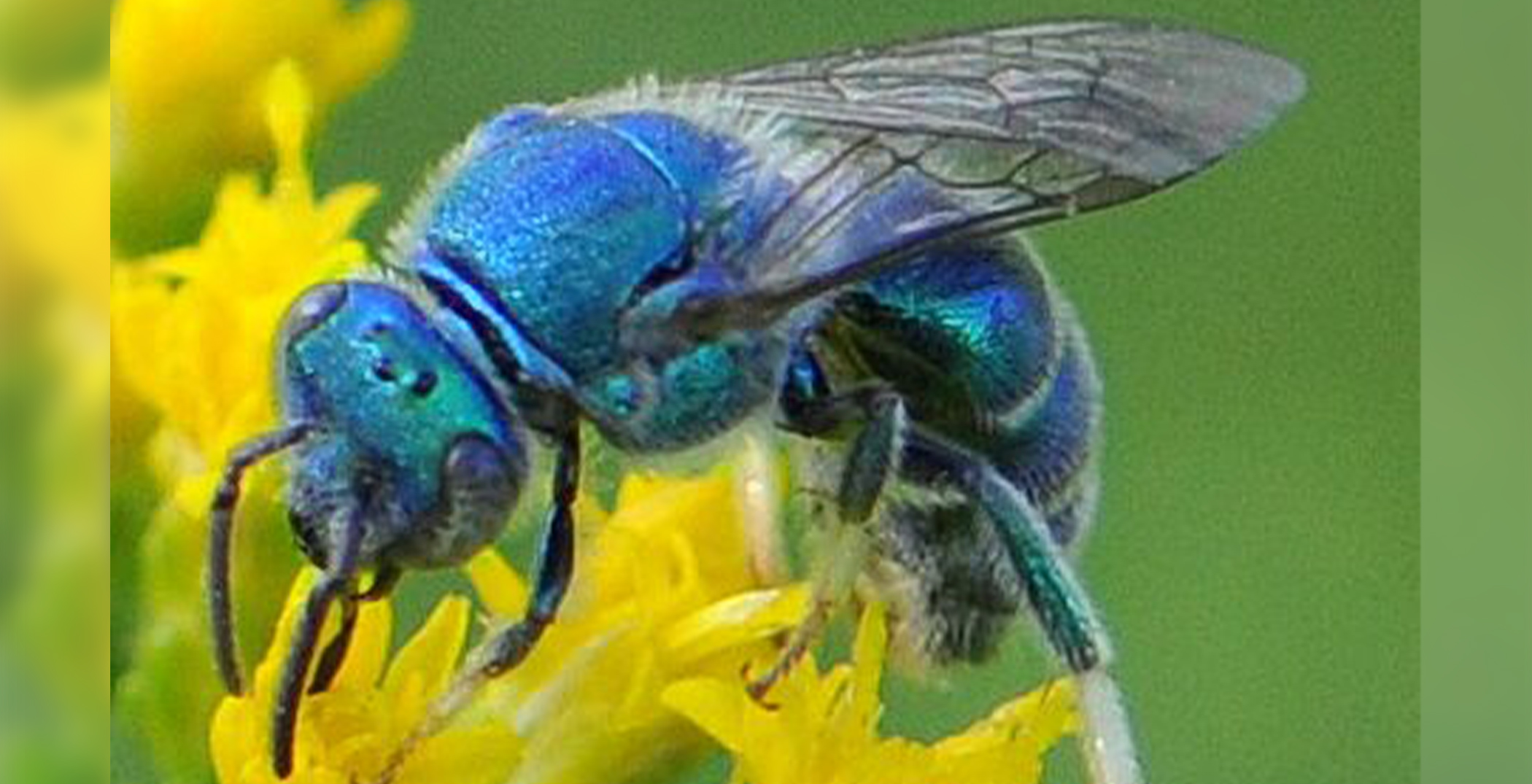
Researchers Rediscover UltraRare BLUE Bee, Long Thought to Be Lost, in Florida

This incredible blue bee is sure to cheer up your day

Blue banded bee (Amegilla sp.) DSC_0711 by nickybay Bees And Wasps, Birds And The Bees
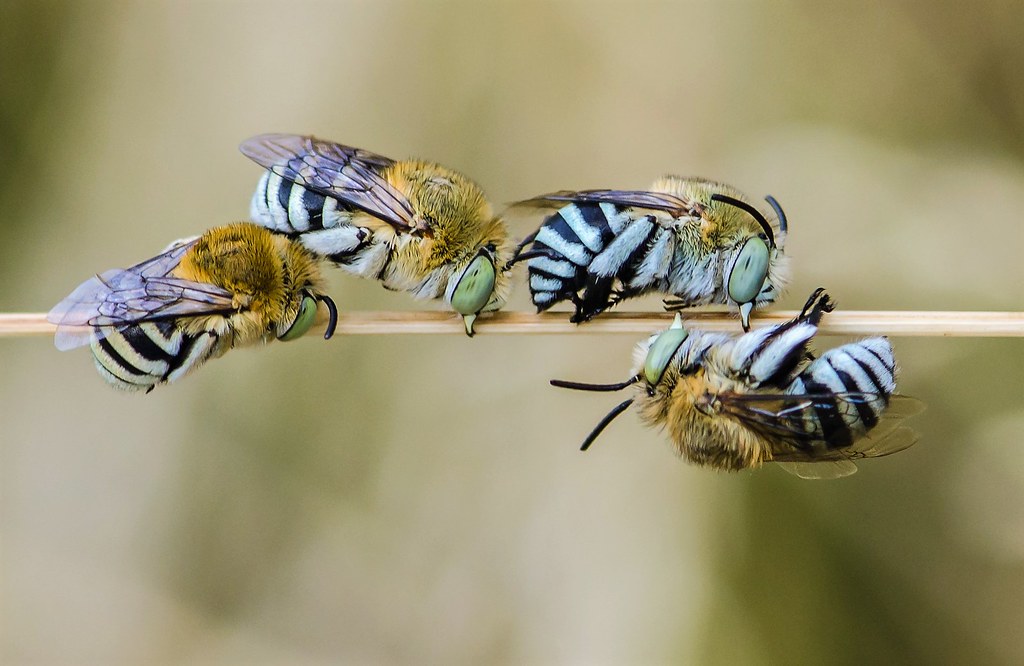
Blue Banded Bees Amegilla Michelle Flickr

Blue Banded Bee Carpenter bee, Birds and the bees, Bee photo
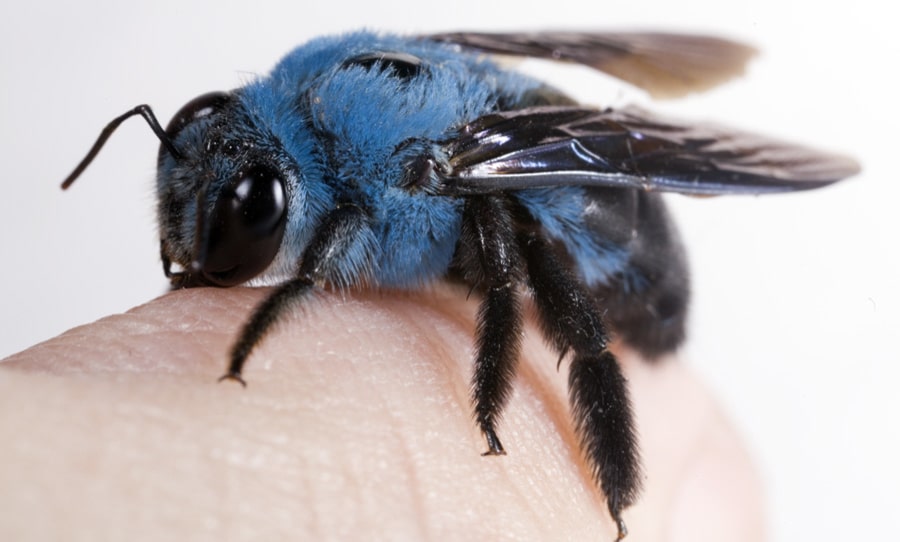
This incredible blue bee is sure to cheer up your day

Photo of the week January 16 Common Bluebanded Bees Nature Glenelg Trust
Blue-banded bees are head bangers. If there was a species of bee in the animalia kingdom that was a metal head, it would be the blue-banded bee.. Other explanations say it has to do with the types of flowers the bee pollinates. For example, the rare blue calamintha bee feeds mainly on a violet-colored flower.. Behavior: Members of the genus Amegilla (the blue-banded bees) are common bees in the Old World tropics (Asia and Africa). These fast-flying, compact bees are common visitors to flowers with poricidal anthers - such as Solanum (tomato and relatives).. Wallace's Giant Resin bee is exceedingly rare and has only been collected on a few.